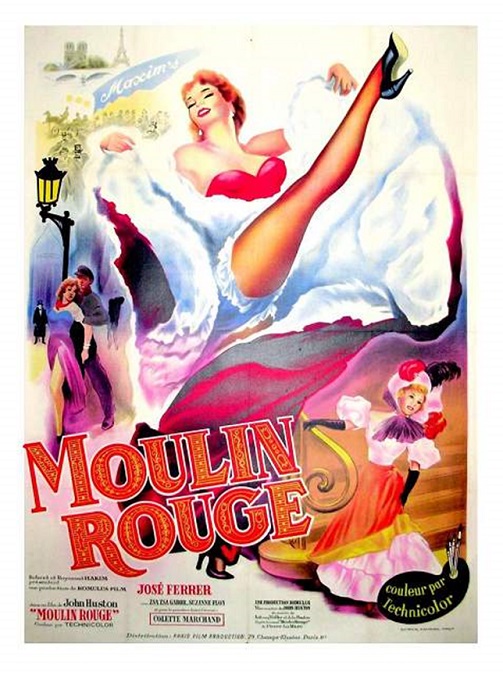
Moulin Rouge – 1952
This was a surprisingly dark and depressing film which starred Jose Ferrer as Henri de Toulouse-Lautrec. He is portrayed as the epitome of the tortured artist. But his case is special. He is physically crippled and in constant pain. He sees himself as a monster and is filled with self-loathing. He is also an emotional cripple, unable to love or be loved.
The film starts out in the bohemian pleasure palace, the Moulin Rouge, famous for its burlesque decadence. There are acrobats, musicians, and of course, can-can dancers. The star of the show is the songbird, Jane Avril, played by Zsa Zsa Gabor. But she is only a minor character. Peter Cushing plays Marcel de la Voisier, a dancer with a somewhat deformed face.
Toulouse is a patron who comes to watch the entertainment and draw his drawings. He is an artist with a unique style, one that seems to capture the essence of the times, and specifically of the Moulin Rouge, itself. In his art, there is a strange mix of the beautiful and the grotesque, the result of which is a profound truth that is impossible to deny. Toulouse has a habit of drinking heavily to dull both the pain of his body and of his soul.
The plot then follows his tempestuous relationship with a wretched and crazy prostitute named Marie Charlet, played by Colette Marchand. He loves her but she cannot love him in return. She stays with him because he gives her money. But she eventually leaves him, and he becomes more depressed. He drinks even more. Then he meets a woman who truly loves him, but because of his experience with Marie, he cannot see it, though he has fallen deeply in love with her. When she gives up on him and leaves, Toulouse becomes so depressed, he drinks himself to death. The end.
The film was shot in Technicolor, but it was done so in such a way as to minimize the brightness of the film’s palette. Technicolor, while not new, was still not the industry standard. Many films were still being shot in black and white. The Technicolor Motion Picture Corporation was responsible for other bright film spectacles like Robin Hood and The Wizard of Oz, movies that were known for their over-saturated, vibrant colors. However, director, John Huston wanted the film to be more realistically colored, something the developing company was reluctant to do.
But the result was a gritty realism which, much like the paintings of Toulouse-Lautrec, held an unusual amount of truth. Ferrer was very convincing, as long as he was shown from the waist up. Huston made use of clever camera angles, cut-outs in the floors of the sets, and prosthetic legs to create the illusion of Toulouse’s dwarfism. There were even scenes in which Ferrer had his legs strapped behind him while he walked on his knees. Unfortunately, the false appendages always looked incredibly fake.
A small sub-plot involving the star can-can dancer from the Moulin Rouge, La Goulue, excellently played by Katherine Kath, was utterly pathetic and yet very poignant at the same time. She is shown several years after the Moulin Rouge has evolved from a bawdy nightclub for the misfits of society to a respectable upper-class establishment, thanks to one of Toulouse’s paintings. She has become a crazy, drunken hag on the streets, yelling at the scoffing crowds that she used to be the most famous dancer of the Moulin Rouge. It was a pitiful and heart-wrenching scene to watch.
Moulin Rouge was a film that did an incredible job of bringing many of his most famous sketches and paintings to life. The cast and their costumes so closely resembled Toulouse-Lautrec’s paintings that they appeared to have jumped right off the canvases.
A rather daring thing that the film could have done would have been to include the fact that Toulouse’s death was more than just severe alcoholism and a fall down a flight of stairs. In reality, there was no fall and he died from complications with syphilis along with the alcoholism. But maybe that would have been too much for the audiences of the 1950s. I guess they only wanted to take their realism so far.
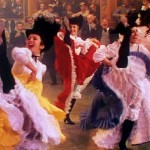
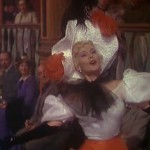

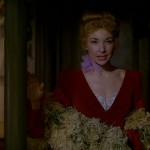

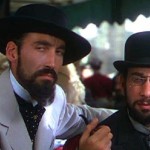
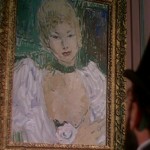
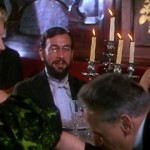
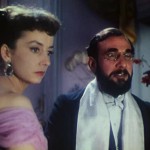
Am I to understand that the portrait of Marie Charlet that later hung in Myriamme’s home is not really a Lautrec painting?
As I recall, the film never addressed this issue, nor can I find any information on the internet about it.